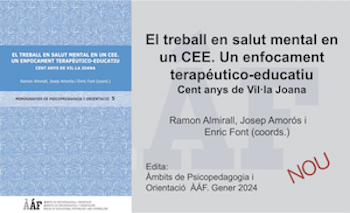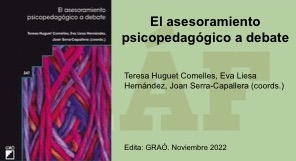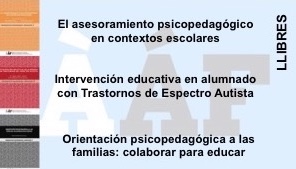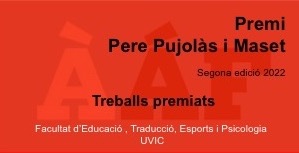Social unrest, educational distress and various diseases
Keywords:
Social policies, Education policy, Social change, Education, Health, Medicalization, Life disruptionsAbstract
Hyperactivity is a way of life in contemporary incorporating multiple expressions. In this paper we propose to put the growing presence of ADHD in the context of changing times we are facing. In a scenario of increasing individualization, where spaces and spheres of socialization are more fragile and discontinuous traditional policies have more difficulties to be effective, since their specialization and segmentation (in different policies such as health, education, housing, jobs, social services...) above was offset by offering joint work, social or family. Today, these spaces of socialization and integration and discontinuities have more pressure than before and can not perform their duties in the same way. The educational areas also accumulate pressures and demands. There is an apparent consent. that you must build an education process that helps to find guidance in uncertain terrain. But the educational system suffers from significant rigidities and constraints to face new challenges. In this context, ADHD appears as a simple answer to complex disruptions. We have to avoid the temptation to diagnose and medicalize difference, without being so naive not to recognize that there are behaviors and disruptions that deserve to be treated specifically. Logic required networking, from the ability to incorporate horizontal and complementary contributions to various specialists, family members, educators, and individuals concerned to avoid medication and simplification of complex phenomena that are not usually obey a unique nexus of causality.
References
Bauman, Z. (2006). Vida líquida, Paidós, Barcelona.
Beck, U. (1986). La sociedad del riesgo. Hacia una nueva modernidad, Paidós, Barcelona.
CIIMU (2013). Trastorns, malestar i diversitat. Com afrontar el TDAH. http://www.ciimu.org/images/ newsletters/Publicacio_Jornades_TDAH_Gener_2013.pdf
Fernandez Enguita, M. (2012). L'educació en temps de crisi. http://www.jordipujol.cat/files/articles/ interior_P_A_3.1.pdf
Naradowsky, M., et alt. (2006). Dolor de Escuela, Prometeo Editorial, Buenos Aires.
Laporte, J.R. (2013). “Medicalització dels infants i els joves. El cas del TDAH”, en CIIMU, 2013, op.cit., pp. 115-147
OCDE, 2013, http://www.oecd.org/edu/ceri/trendsshapingeducation2013.htm
Ubieto, J.R. (2013). “Como darse el tiempo de escuchar los adolescentes y niños hiperactivos”, en CIIMU, 2013, op.cit., pp. 148-156
Sennett, R. (2002). La corrosión del carácter, Anagrama, Barcelona.
Subirats, J. (2011). Otra sociedad. ¿Otra política?, Icaria, Barcelona.
Vila, F. (2013). “La disfunció cerebral mínima. Història d’un èxit”, en CIIMU, 2013, op.cit, pp. 93-101

Downloads
Published
Issue
Section
License
The authors maintain their copyright and give the right to the first publication of the work to the journal, registered under a Creative Commons Attribution-Non Commercial-NoDerivs license. This license allows others to download the works and to share them with others as long as they credit the author, but it does not allow for any kind of modification or commercial use.














